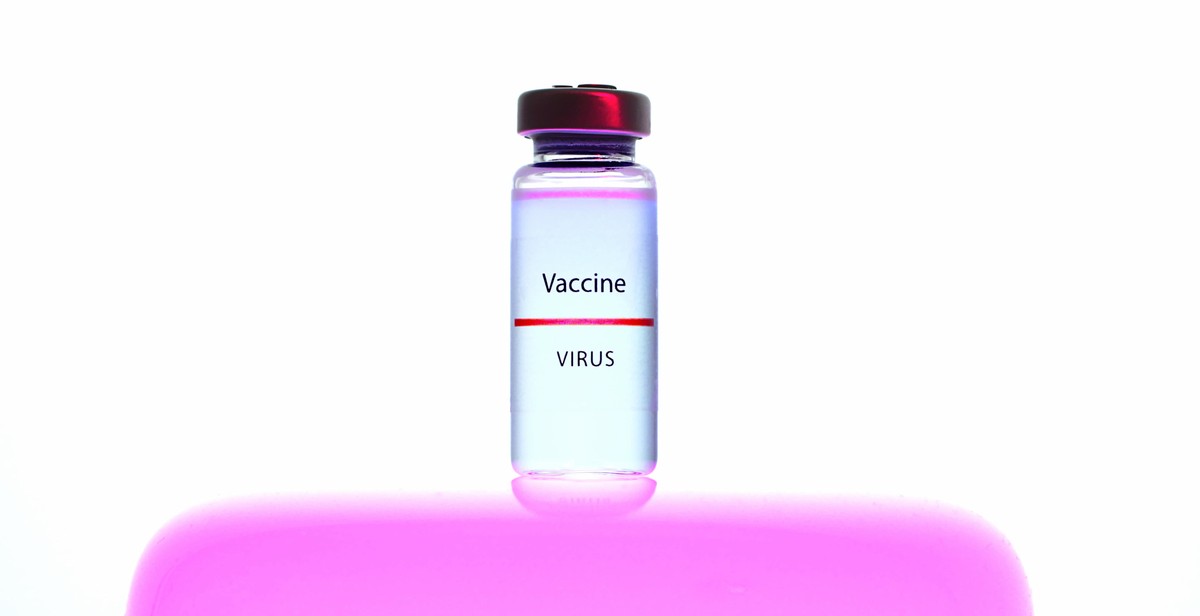How to Identify Symptoms of Vaccine-preventable Diseases: Warning Signs to Look Out For
Vaccines are one of the most important medical inventions of our time, helping to prevent countless illnesses and diseases. However, vaccine-preventable diseases are still a threat, especially in areas where vaccination rates are low. Identifying symptoms of these diseases is crucial in order to prevent their spread and protect vulnerable populations from serious illness or even death.
Why Identifying Symptoms of Vaccine-preventable Diseases is Important
Some vaccine-preventable diseases, such as measles and pertussis, can be highly contagious and spread quickly through a community. Identifying symptoms early on can help prevent the spread of these diseases and allow for prompt treatment. Additionally, some vaccine-preventable diseases can have serious complications, especially for young children, pregnant women, and individuals with weakened immune systems. Identifying symptoms early on can help prevent these complications from occurring.
It is important to note that vaccines are not 100% effective and some individuals may still contract a vaccine-preventable disease even after being vaccinated. Identifying symptoms in these cases is especially important in order to prevent the spread of the disease to others.
In this article, we will discuss the warning signs to look out for when it comes to vaccine-preventable diseases, as well as what to do if you suspect you or someone else may be infected.

Common Vaccine-preventable Diseases and Their Symptoms
Vaccines are a crucial part of public health. They protect us from a range of infectious diseases, some of which can be fatal. Here are some of the most common vaccine-preventable diseases and their symptoms:
Measles
Measles is a highly contagious viral infection that spreads through coughing and sneezing. Symptoms include:
- Fever
- Cough
- Runny nose
- Red, watery eyes
- Rash that starts on the face and spreads to the rest of the body
Mumps
Mumps is a viral infection that affects the salivary glands. Symptoms include:
- Fever
- Headache
- Swollen, painful salivary glands
Rubella
Rubella, also known as German measles, is a viral infection that can cause serious birth defects if a pregnant woman becomes infected. Symptoms include:
- Mild fever
- Headache
- Runny nose
- Rash that starts on the face and spreads to the rest of the body
Polio
Polio is a viral infection that can cause paralysis. Symptoms include:
- Fever
- Sore throat
- Headache
- Muscle weakness or paralysis
Chickenpox
Chickenpox is a highly contagious viral infection that causes an itchy rash. Symptoms include:
- Fever
- Rash that starts as small, red bumps and turns into fluid-filled blisters
- Itching
Hepatitis A and B
Hepatitis A and B are viral infections that affect the liver. Symptoms include:
- Fever
- Abdominal pain
- Yellowing of the skin and eyes (jaundice)
Diphtheria
Diphtheria is a bacterial infection that affects the respiratory system. Symptoms include:
- Sore throat
- Fever
- Difficulty breathing or swallowing
Tetanus
Tetanus is a bacterial infection that affects the nervous system. Symptoms include:
- Jaw stiffness
- Muscle spasms
- Fever
Pertussis (Whooping Cough)
Pertussis is a highly contagious bacterial infection that affects the respiratory system. Symptoms include:
- Coughing fits that end in a “whooping” sound
- Fever
- Runny nose
Haemophilus influenzae type b (Hib)
Haemophilus influenzae type b (Hib) is a bacterial infection that can cause serious complications, especially in young children. Symptoms include:
- Fever
- Difficulty breathing
- Stiff neck
- Confusion or irritability
| Disease | Symptoms | ||||||||||||||
|---|---|---|---|---|---|---|---|---|---|---|---|---|---|---|---|
| Measles | Fever, cough, runny nose, red, watery eyes, rash | ||||||||||||||
| Mumps | Fever, headache, swollen, painful salivary glands | ||||||||||||||
| Rubella | Mild fever, headache, runny nose
How to Identify Symptoms of Vaccine-preventable Diseases: Warning Signs to Look Out ForGetting vaccinated is the best way to protect yourself against many infectious diseases. However, even if you are vaccinated, it is important to know the symptoms of vaccine-preventable diseases. Early identification of symptoms can help you get timely medical attention and prevent the spread of the disease to others. Here are some common symptoms of vaccine-preventable diseases to look out for: FeverFever is a common symptom of many vaccine-preventable diseases, including measles, mumps, rubella, and chickenpox. A fever is defined as a temperature of 100.4°F or higher. If you have a fever, it is important to stay hydrated and rest as much as possible. RashA rash is another common symptom of vaccine-preventable diseases, such as measles, rubella, and chickenpox. The rash may appear as small red bumps or spots and can be itchy. If you notice a rash on your body, it is important to see a doctor as soon as possible. Coughing or SneezingCoughing or sneezing can be a symptom of many vaccine-preventable diseases, including whooping cough and influenza. If you have a persistent cough or are sneezing frequently, it is important to see a doctor and get tested for the disease. Sore ThroatA sore throat is a common symptom of many vaccine-preventable diseases, including measles and rubella. If you have a sore throat that lasts for more than a few days, it is important to see a doctor. Muscle AchesMuscle aches are a common symptom of many vaccine-preventable diseases, including influenza and hepatitis A. If you have muscle aches that are not related to exercise or other physical activity, it is important to see a doctor. HeadacheHeadaches can be a symptom of many vaccine-preventable diseases, including meningitis and influenza. If you have a headache that is severe or lasts for more than a few days, it is important to see a doctor. Nausea and VomitingNausea and vomiting can be a symptom of many vaccine-preventable diseases, including hepatitis A and rotavirus. If you experience persistent nausea or vomiting, it is important to see a doctor. DiarrheaDiarrhea is a common symptom of many vaccine-preventable diseases, including rotavirus and hepatitis A. If you have diarrhea that lasts for more than a few days, it is important to see a doctor. FatigueFatigue is a common symptom of many vaccine-preventable diseases, including influenza and hepatitis A. If you feel tired all the time or have a lack of energy, it is important to see a doctor. Swelling or Redness at Injection SiteIf you have recently been vaccinated, it is normal to experience some swelling or redness at the injection site. However, if the swelling or redness is severe or lasts for more than a few days, it is important to see a doctor.
|


